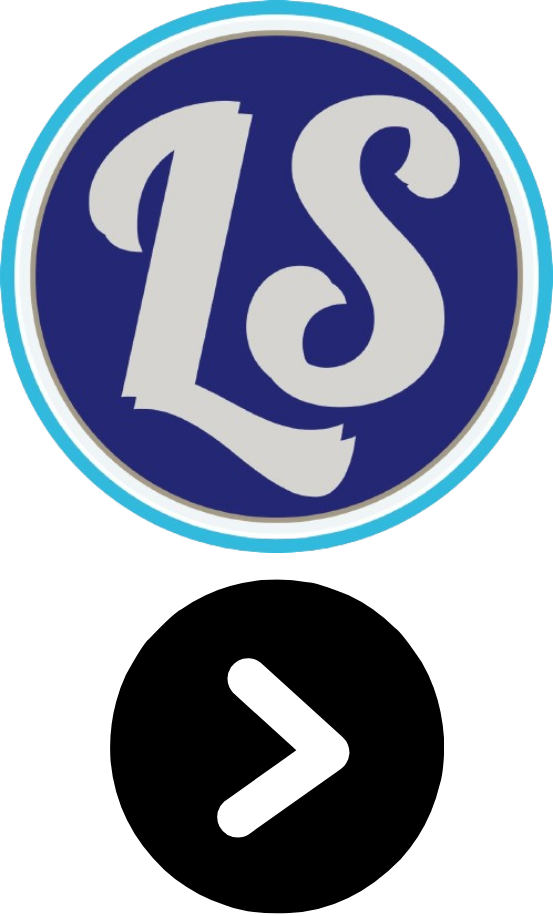| Science NCERT Exemplar Solutions (Class 6th to 10th) | ||||||||||||||
|---|---|---|---|---|---|---|---|---|---|---|---|---|---|---|
| 6th | 7th | 8th | 9th | 10th | ||||||||||
| Science NCERT Exemplar Solutions (Class 11th) | ||||||||||||||
| Physics | Chemistry | Biology | ||||||||||||
| Science NCERT Exemplar Solutions (Class 12th) | ||||||||||||||
| Physics | Chemistry | Biology | ||||||||||||
Sample Paper II
Question 1. A capacitor of 4 $\mu$F is connected in a circuit as shown. The internal resistance of the battery is 0.5 $\Omega$. The amount of charge on the capacitor plates will be
(a) 0
(b) 4 $\mu$C
(c) 16 $\mu$C
(d) 8 $\mu$C
Answer:
Question 2. Two charged particles traverse identical helical paths in a completely opposite sense in a uniform magnetic field $\vec{B} = B_0\hat{k}$.
(a) They have equal z-components of momenta.
(b) They must have equal charges.
(c) They necessarily represent a particle-antiparticle pair.
(d) The charge to mass ratio satisfy : $(\frac{e}{m})_1 + (\frac{e}{m})_2 = 0$.
Answer:
Question 3. A solenoid is connected to a battery so that a steady current flows through it. If an iron core is inserted into the solenoid, will the current increase or decrease? Explain.
Answer:
Question 4. Professor C.V Raman surprised his students by suspending freely a tiny light ball in a transparent vacuum chamber by shining a laser beam on it. Which property of EM waves was he exhibiting? Give one more example of this property.
Answer:
Question 5. A passenger in an aeroplane shall
(a) never see a rainbow.
(b) may see a primary and a secondary rainbow as concentric circles.
(c) may see a primary and a secondary rainbow as concentric arcs.
(d) shall never see a secondary rainbow.
Answer:
Question 6. What is the shape of the wavefront on earth for sunlight?
Answer:
Question 7. An electron (mass m) with an initial velocity $\vec{v} = v_0\hat{i} (v_0 > 0)$ is in an electric field $\vec{E} = -E_0\hat{i} (E_0 = \text{constant} > 0)$. It’s de Broglie wavelength at time t is given by
(a) $\frac{\lambda_0}{1 + \frac{eE_0 t}{m v_0}}$
(b) $\lambda_0 \left( 1 + \frac{eE_0 t}{mv_0} \right)$
(c) $\lambda_0$
(d) $\lambda_0 t$.
Answer:
Question 8. Explain why elemental semiconductors cannot be used to make visible LED’s.
Answer:
Question 9. Five charges, q each are placed at the corners of a regular pentagon of side ‘a’ as shown.
(i) What will be the electric field at O if the charge from one of the corners (say A) is removed?
(ii) What will be the electric field at O if the charge q at A is replaced by –q ?
Answer:
Question 10. Two cells of emf E1 and E2 have internal resistance r1 and r2. Deduce an expression for equivalent emf of their parallel combination.
Answer:
Question 11. Draw a circuit diagram of a potential divider using a cell and a rheostat. Also mark the output terminals.
Answer:
Question 12. If magnetic monopoles existed, how would the Gauss’s law of magnetism be modified?
Answer:
Question 13. From molecular viewpoint, discuss the temperature dependence of susceptibility for diamagnetism, paramagnetism and ferromagnetism.
Answer:
Question 14. A lamp is connected in series with a capacitor. Predict your observations for dc and ac connections. What happens in each case if the capacitance of the capacitor is reduced?
Answer:
Question 15. A plane electromagnetic wave of frequency 25 MHz travels in free space along the x-direction. At a particular point in space and time. $\vec{E} = 6.3\hat{j}$ V/m. What is $\vec{B}$ at this point?
Answer:
Question 16. Define power of a lens. Show that it is inversaly proportional to the focal length of the lens.
Answer:
Question 17. Two slits are made one millimetre apart and the screen is placed one metre away. What is the fringe separation when blue-green light of wavelength 500 nm is used?
Answer:
Question 18. A message signal of frequency 10 kHz and peak voltage of 10 volts is used to modulate a carrier of frequency 1 MHz and peak voltage of 20 volts. Determine (a) modulation index, and (b) the side bands produced.
Answer:
Question 19. Draw a circuit for determining internal resistance of a cell using a potentiometer. Explain the principle on which this method is based.
Answer:
Question 20. What do you mean by diamagnetism, paramagnetism and ferromagnetism?
Answer:
Question 21. For the same objective, find the ratio of the least separation between two points to be distinguished by a microscope for light of 5000 Å and electrons accelerated through 100V used as the illuminating substance.
Answer:
Question 22. Monochromatic light of frequency $6.0 \times 10^{14}$ Hz is produced by a laser. The power emitted is $2.0 \times 10^{–3}$ W. (i) What is the energy of a photon in the light beam? (ii) How many photons per second, on an average, are emitted by the source?
Answer:
Question 23. State Bohr’s postulate for the ‘permitted orbits’ for electrons in a hydrogen atom. How this postulate was explained by de Broglie?
Answer:
Question 24. Explain a beta decay process with an example. Tritium has a half life of 12.5y undergoing beta decay. What fraction of a sample of pure tritium will remain undecayed after 25 y?
Answer:
Question 25. What is rectification? With the help of a labelled circuit diagram, explain full wave rectification using junction diode.
Answer:
Question 26. Explain briefly, with the help of a circuit diagram, how V-I characteristics of a p-n junction diode are obtained in (i) forward bias, and (ii) reverse bias. Draw the shapes of the curves obtained.
Answer:
Question 27. (i) Draw a block diagram of a communication system.
(ii) What is meant by ‘detection’ of amplitude modulated wave? Describe briefly the essential steps for detection.
Answer:
Question 28. Derive an expression for potential due to a dipole for distances large compared to the size of the dipole. How is the potential due to a dipole different from that due to a single charge?
OR
Obtain an expression for potential energy of a system of two charges in an external field. A system consisting of two chargs 7$\mu$C and –2$\mu$C are placed at (-9 cm, 0,0) and (9 cm,0,0) respectively in an external electric field $E = A (1/r^2)$ where $A = 9 \times 10^5 C m^2$. Calculate the potential energy of this system.
Answer:
Question 29. Define ‘self inductance’ of a coil. Obtain an expression for self inductance of a long solenoid of cross sectional area A, length l having n turns for unit length. Prove that self inductance is the analogue of mass in mechanics.
OR
Define ‘mutual inductance’ of two coils. On what factors it depends? Two concentric circular coils, one of small radius $r_1$ and the other of large radius $r_2$, such that $r_1 << r_2$, are placed co-axially with centres coinciding. Obtain the mutual inductance of the arrangement.
Answer:
Question 30. Draw a ray diagram to show the refraction of light through a glass prism. Explain with help of a diagram the dependence of angle of deviation on the angle of incidence. Hence obtain the relation for the angle of minimum deviation in terms of angle of prism and refractive index of prism.
OR
(i) Using the relation for refraction at a single spherical refracting surface, derive the lens maker’s formula.
(ii) Double convex lenses are to be manufactured from a glass of refraction index 1.55 with both faces of the same radius of curvature. What is the radius of curvature required if the focal length is to be 20.0 cm?
Answer:

